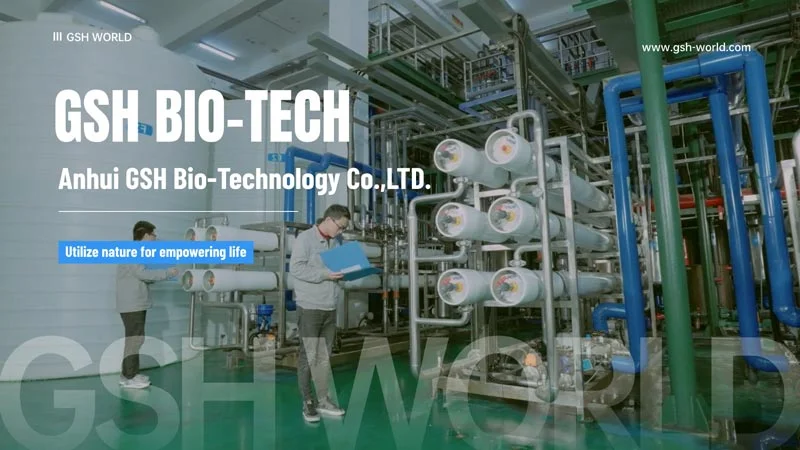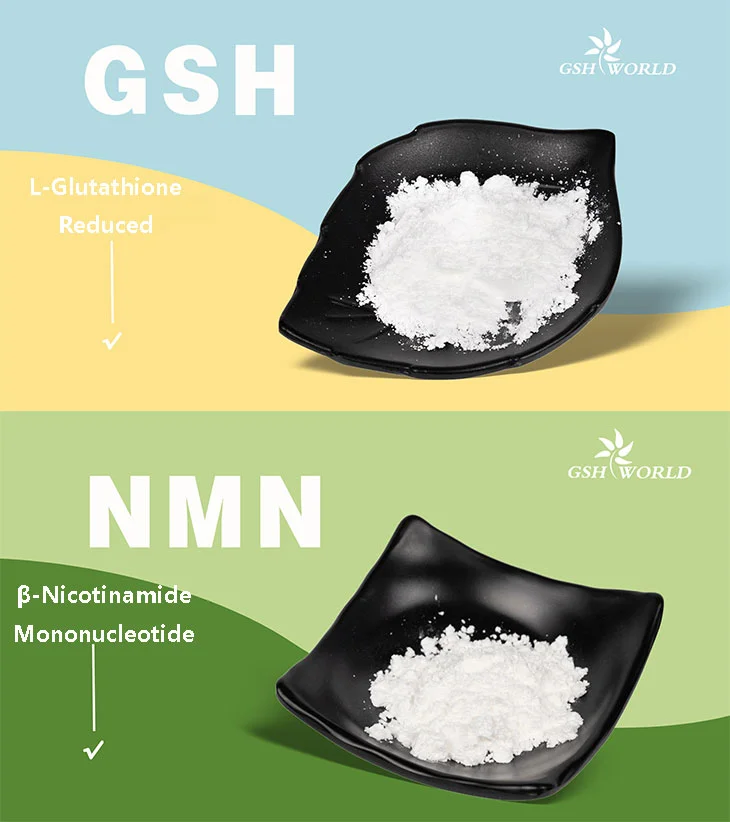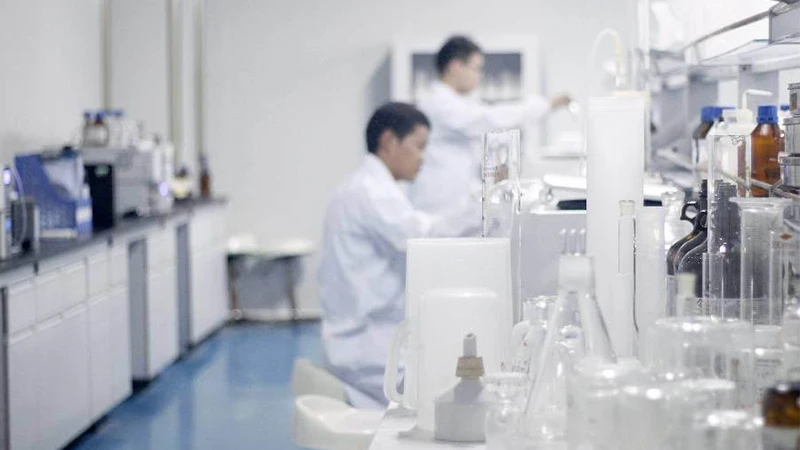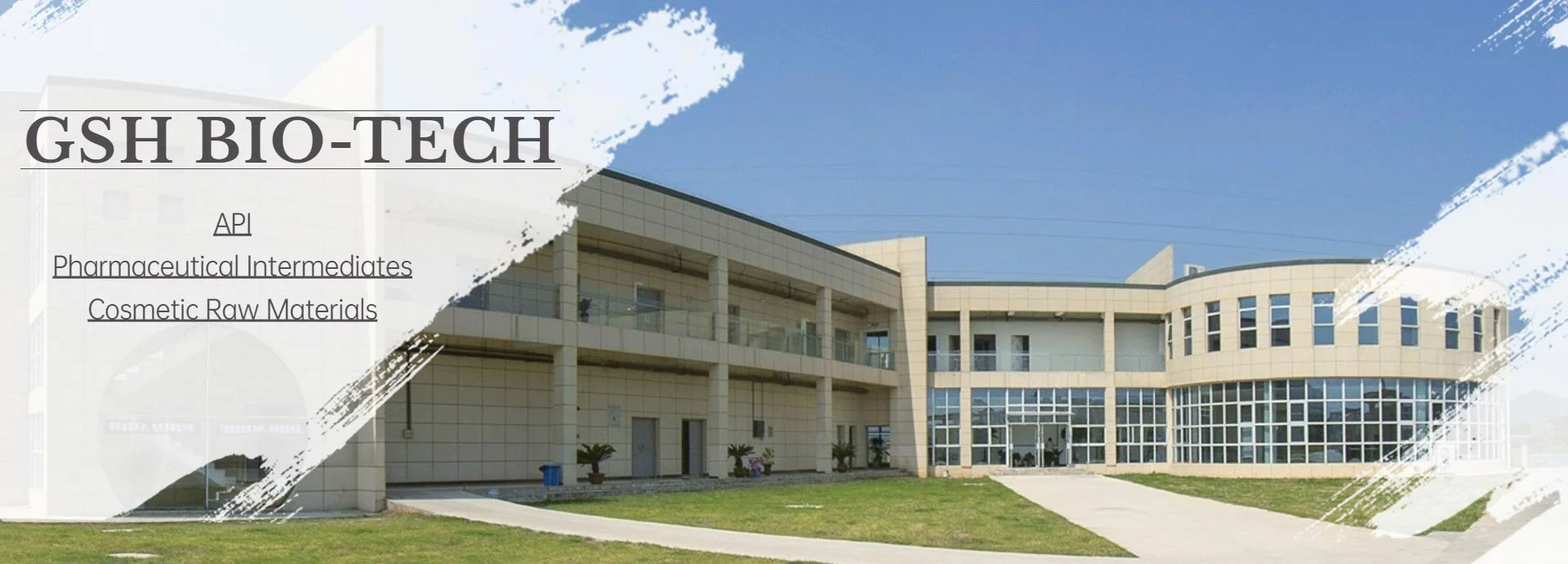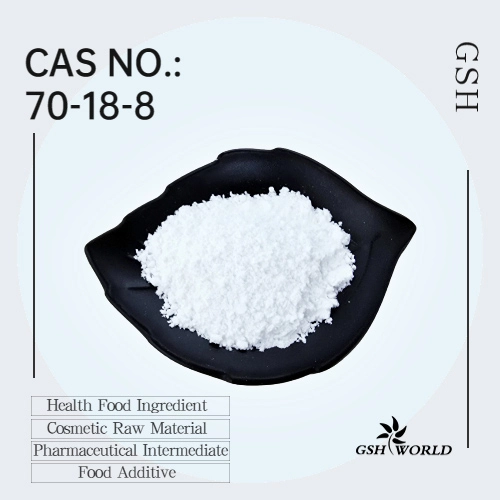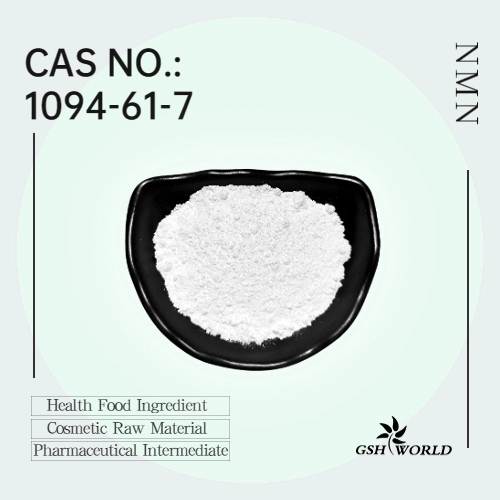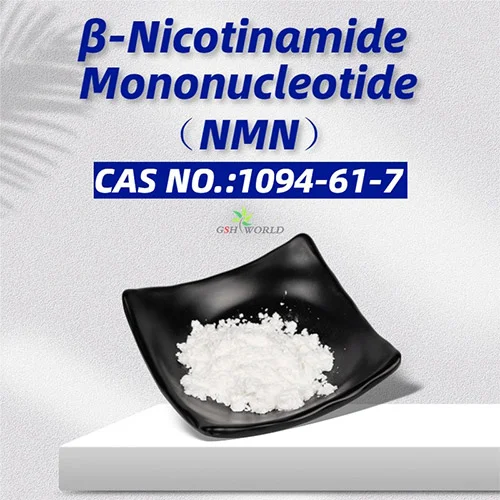The wide range of effects of the antioxidant glutathione
Glutathione is an antioxidant that can be found in a variety of plants, including asparagus, avocado, spinach, okra, broccoli, cantaloupe, tomatoes, carrots, grapefruit, oranges, zucchini, strawberries, watermelon and many more Other fruits and vegetables. It is also highly concentrated in freshly cooked meats. However, food sources of glutathione only account for a small portion of the body's total glutathione levels, as most are synthesized endogenously by the body itself at the cellular level.
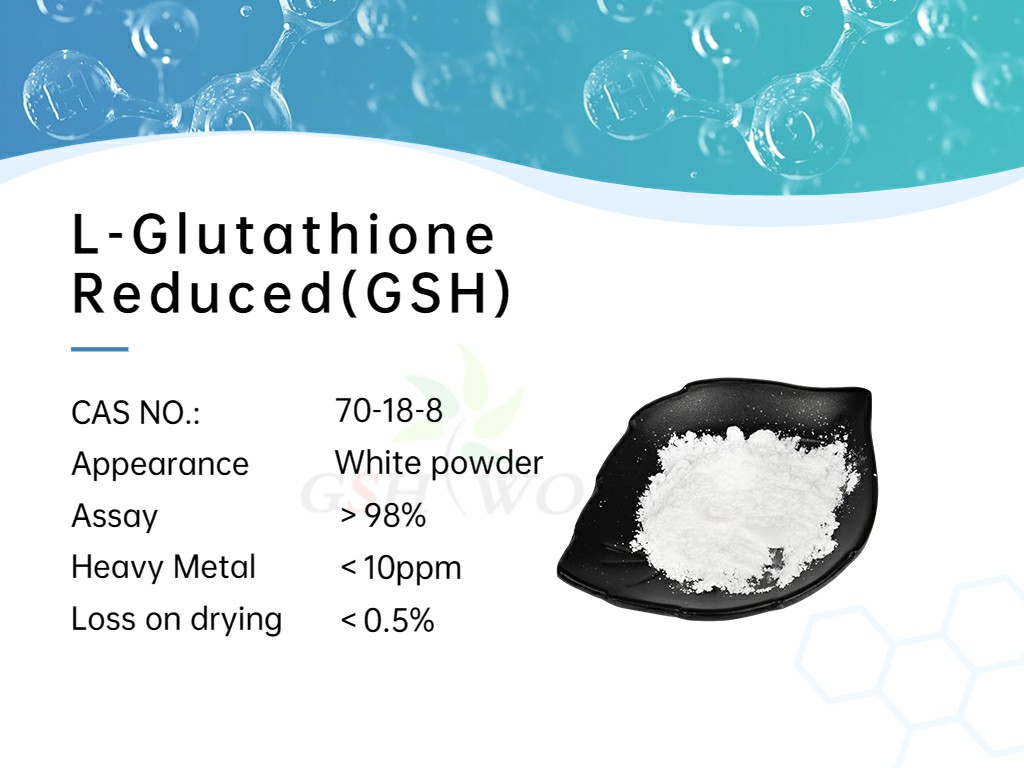
The sulfhydryl group on glutathione cysteine is its active group, so glutathione is often abbreviated as (G-SH). It is easily combined with heavy metals such as iodoacetic acid, mustard gas (a poisonous gas), lead, mercury, and arsenic. It combines with salt or carcinogens and promotes their excretion from the body, playing a neutralizing and detoxifying role.
It can participate in enzyme-free conjugation with some chemicals. For example, G-SH is conjugated with N-acetyl p-benzoquinone imine (NAPQI) to detoxify it. When acetaminophen (acetaminophen) is taken in excess, so that GSH is depleted, reactive cytochrome P450 - the active metabolite formed from acetaminophen (known as acetaminophen in the United States) - becomes toxic, At this time, glutathione is an important antidote for overdose.
Glutathione (GSH) is involved in the synthesis of leukotrienes and serves as a cofactor for glutathione peroxidase. As an important hydrophilic molecule, GSH is added to lipophilic metabolites and metabolites through biotransformation in the liver before they become part of the bile. Glutathione is also necessary for the detoxification of methylglyoxal, a metabolic byproduct. This detoxification reaction is carried out by the glyoxalase system. Glyoxal type I enzyme (EC4.4.1.5) catalyzes the conversion of methylglyoxal and reduced glutathione into S-D-propanoyl glutathione. Glutathione type II enzyme (EC3.1.2.6) catalyzes the hydrolysis of S-D-propanoyl glutathione into glutathione and D-lactic acid.
Glutathione has a wide range of effects in medicine and has a protective effect on cells. It can prevent hemolysis of red blood cells, thereby reducing the loss of methemoglobin; inhibits the formation of fatty liver and improves the symptoms of toxic hepatitis and infectious hepatitis; and is effective for acrylonitrile. It has a detoxifying effect on poisoning by , fluoride, carbon monoxide, organic solvents, heavy metals, etc.; it has a relieving effect on the discomfort, nausea, vomiting, itching and other symptoms of hypoxemia and other symptoms caused by liver disease; it maintains acetylcholine, cholinesterase balance, and plays an anti-allergic effect; glutathione has recently been found to have anti-HIV effects.
*Special note - This article is for informational purposes only and cannot replace a doctor's treatment diagnosis and advice. It should not be regarded as a recommendation or proof of efficacy of the medical products involved. If it involves disease diagnosis, treatment, and rehabilitation, please be sure to go to a professional medical institution to seek professional advice.
PREVIOUS: NMN relieves skin aging
by GSHWORLD
GSHWORLD is China Biological API Manufacturer. China Glutathione Supplements powder suppliers & best Glutathione benefits raw material Factory.

